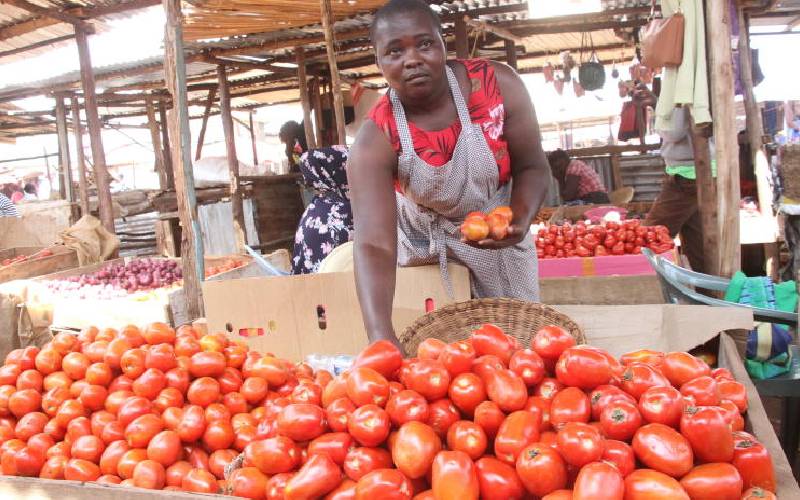×
The Standard e-Paper
Join Thousands Daily

Miss Wendy Otieno Tomato vendor at Marindi market in Migori displays her Tomatoes. [Caleb Kingwara, Standard]
Almost every main dish that is cooked is prepared using tomatoes. Tomatoes are also tasty and highly nutritious. That explains why the market demand is high.







